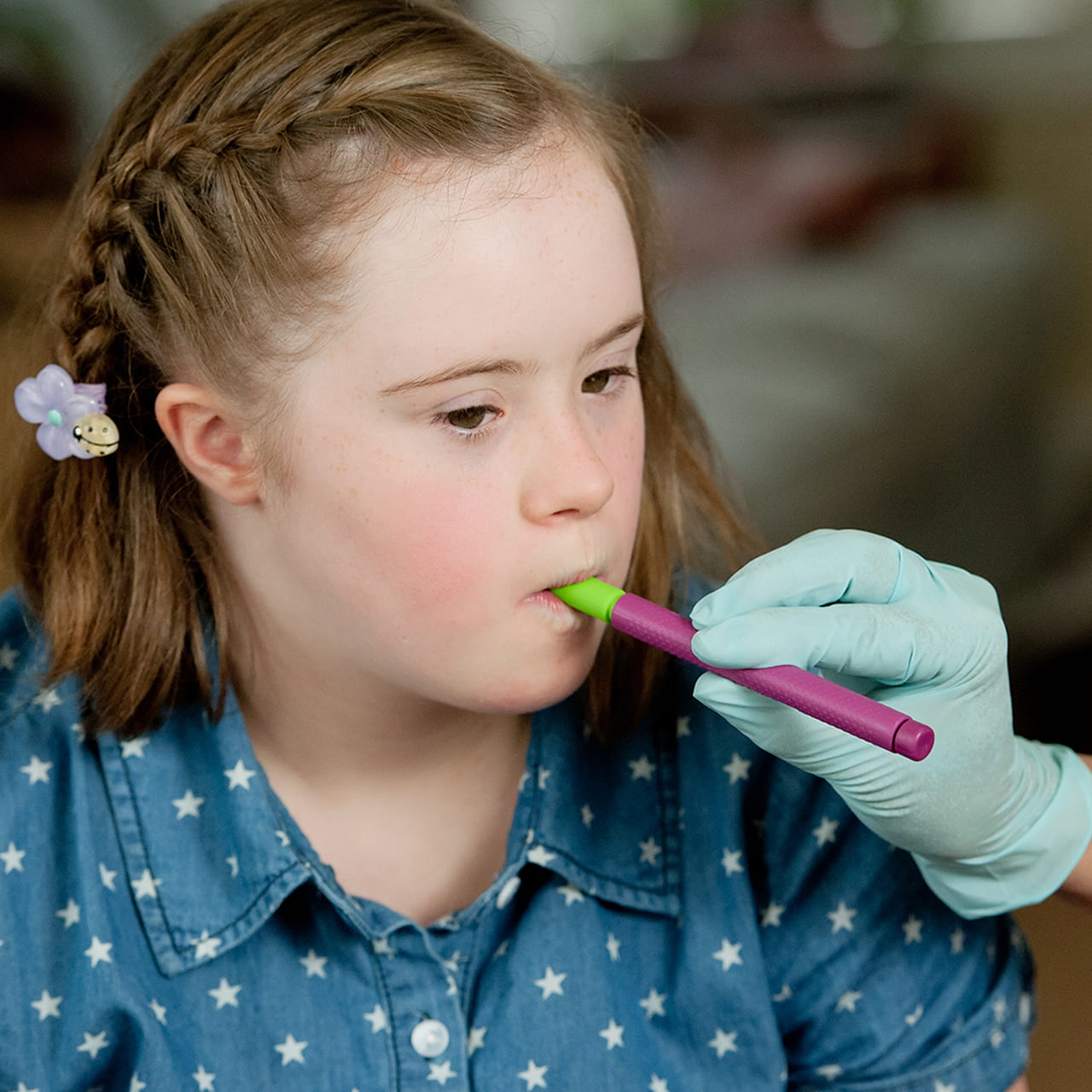


#Bite and chew z vibe how to#
Demonstrate how to bite so that the child can see and learn what the word actually means.Through oral exploration, the child just might begin to bite on his/her own, and from there you can progress to chewing.These tools were specifically designed to increase oral awareness, to provide stimulation and tactile sensation, and to exercise the lips, cheeks, tongue, and jaw.The best way is to begin is to provide the child with the opportunity to mouth oral motor chew tools (the Grabber, Y- chew, Probe, or Animal Tips).When infants miss a part of this developmental process, intervention may be necessary to develop the ability to bite and chew.The development of biting and chewing continues from this point on, with the baby refining the movements of the jaw, tongue, and lips.At approximately 5-6 months of age, babies begin using their fingers and teethers for oral exploration using a bite and release pattern.For infants, learning how to bite and chew is a crucial stage of feeding development.These tools can be used for biting and chewing exercises, to decrease oral sensitivities, to correct tongue placement and more.Īll of the oral vibes and grabbers are made with medical grade materials and contain no lead, phthalates, PVC, BPA, or latex.Blog Priyanka Rawat JanuActivities for biting and chewing in children Activities for biting and chewing in children Chewing exercises for toddlers We carry a range of oral motor grabbers and vibes for speech, oral motor and feeding therapy. When utilized in conjunction with a proactive therapy and parenting approach that focuses on helping kids become familiar with new sensations, learning new sounds, and becoming more confident in their choices, oral motor therapy is a great assistive tool for reaching speech and language milestones. Oral motor exercises are designed to improve muscle tone, jaw stability, chewing patterns, jaw strength and use of the tongue. This means that many children can greatly However, it's much more clear now that at least some percentage of children who will exhibit difficulty with speech lack these skills due to oral motor problems instead.

In the past, it was very common to assume that children who didn't develop communicative speech lacked these skills due to a fundamental deficit in language understanding. Not only does a lack of communication cause frustration, it also prevents important transitions from baby to child and from child to teen and beyond. The ability to properly communicate lays the foundation for many other critical aspects involved in growing up.


 0 kommentar(er)
0 kommentar(er)
